From May 20, 1947, President Ho Chi Minh and the Central Committee and the Government lived and worked at ATK Viet Bac, Thai Nguyen, during the 9-year long resistance war. He left Thai Nguyen, the capital of the thousand winds on October 12, 1954 at Dam Mua base, Ban Ngoai commune, Dai Tu district, Thai Nguyen province. During those 9 years, he and the Politburo , the Central Executive Committee, and the Government made many historic decisions and policies, not only leading the resistance war to final victory but also gradually building and perfecting the young and unprecedented workers' and peasants' state.
 |
| Uncle Ho's hut on Khau Ty hill (Diem Mac commune) - the first place he lived and worked at ATK Dinh Hoa to lead the resistance war against the French colonialists. Photo: Archive |
As Uncle Ho once said: "The revolution was successful thanks to Viet Bac, the resistance will be victorious thanks to Viet Bac". That was the prediction and also the affirmation of President Ho Chi Minh in a letter to the people of Viet Bac a few months after the National Resistance Day (December 19, 1946). Implementing the policy of "Resisting while building the country" of the Party and President Ho, the people planted, raised livestock, and harvested nearly 450,000 tons of food (an average of 240 kg/person). Schools also held opening ceremonies. More than 60,000 evacuees had stable living and eating conditions. In the Viet Bac base alone, in mid-1947, we had 11 regiments and 4 independent battalions. This was a very important resource, together with the main force, defeating more than 20,000 French troops attacking Viet Bac in October 1947.
By 1949, the free zone and guerrilla zone in the North were narrowed, strategic areas and traffic routes were controlled, purchasing and transporting rice, salt, and goods to Viet Bac was very difficult. To destroy the enemy's plot, the Party Central Committee and President Ho advocated stepping up guerrilla warfare, turning the enemy's rear into our frontline, organizing combat campaigns, aiming to "destroy the enemy, sweep away their isolated outposts, force the enemy to narrow their area, expel the enemy from Viet Bac, first of all Cao Bang, Bac Kan , Lao Cai...". At the same time, rent was reduced, and land was divided among farmers. In general, from autumn and winter of 1947 to mid-1950, despite being surrounded and fiercely attacked by the enemy, under the direction of the Party Central Committee and President Ho, the free zone was maintained, and the Viet Bac base was further consolidated...
History books record: The people of ATK Thai Nguyen were wholeheartedly devoted to the resistance. The Party Committee, the government and the people of all ethnic groups clearly understood their responsibilities and were ready to support accommodation and share food for the resistance. Almost every hamlet, village and house in ATK Thai Nguyen had soldiers and cadres of the “Three Togethers”.
Therefore, there are up to 180 places associated with the resistance war and today have become red addresses, revolutionary historical relics: President Ho Chi Minh used to live in Khau Ty - Diem Mac; Tin Keo, Khuon Tat - Phu Dinh (Dinh Hoa); Tien Hoi, Ban Ngoai (Dai Tu). Ban Na Mon (Phu Dinh), Phung Hien (Diem Mac) are the workplaces of the Central agencies of the Party and General Secretary Truong Chinh. Tham Kham, Tham Giac (Phu Dinh) are the headquarters of the Government and Deputy Prime Minister Pham Van Dong...
Place names: Dong Chua (Thanh Dinh), Goc Hong (Quy Ky), Khau Hau, Khau Trang, Ban Quyen (Diem Mac), Dong Dau (Dinh Bien), Na Lom (Phu Dinh... are the places where the Ministry of National Defense, the General Staff, Commander Vo Nguyen Giap and military leaders are stationed. The General Department of Politics, the General Department of Supply, and main army units are stationed in Dai Tu, Phu Luong, Dinh Hoa...
In nation building, the organizational structure is extremely important. Therefore, many central agencies, ministries, branches and media were established or completed in Thai Nguyen. Minister Le Van Hien's diary wrote: War Zone 10-7-47 "At this time, we must promote political work to raise people's spirit, to unite the whole people more closely. Promote the spirit of increasing production because the resistance war is still long...".
During the resistance war, the Central agencies, Uncle Ho, the Government, the Ministry of National Defense... moved many times but for a short time they returned to Dinh Hoa and Thai Nguyen. For example, Uncle Ho stayed in Tin Keo and Khuon Tat 4 or 5 times and those places were the places where important decisions originated, including the Decision to destroy the Dien Bien Phu stronghold.
In Thai Nguyen, on May 12, 1997, at the Workshop "President Ho Chi Minh and the construction of ATK Dinh Hoa", General Vo Nguyen Giap affirmed: "The major policies and decisions of historical significance of the Party and the Government were mostly decided on Dinh Hoa land, such as the determination to prevent and destroy the enemy's attack on Viet Bac (1947); launching the Border Campaign, the Trung Du Campaign, Hoang Hoa Tham, Ha Nam Ninh, Hoa Binh, Tay Bac, Sam Neua in the 1950s; the decision to establish independent companies and concentrated battalions in the national army; the decision to turn the enemy's rear into our frontline (1949) and the 1953-1954 Winter-Spring Campaign...
The road to Dien Bien was not smooth but had to go through countless challenges and hardships. To reach the day of victory, there was the strength of national unity; there was an extremely effective people's war strategy, and there was the blood sacrifice of tens of thousands of the nation's best sons. The Party Committee and people of Viet Bac and Thai Nguyen are proud to have made positive contributions to the resistance and proud to be the birthplace of the Dien Bien Phu Victory.
(To be continued)
Source


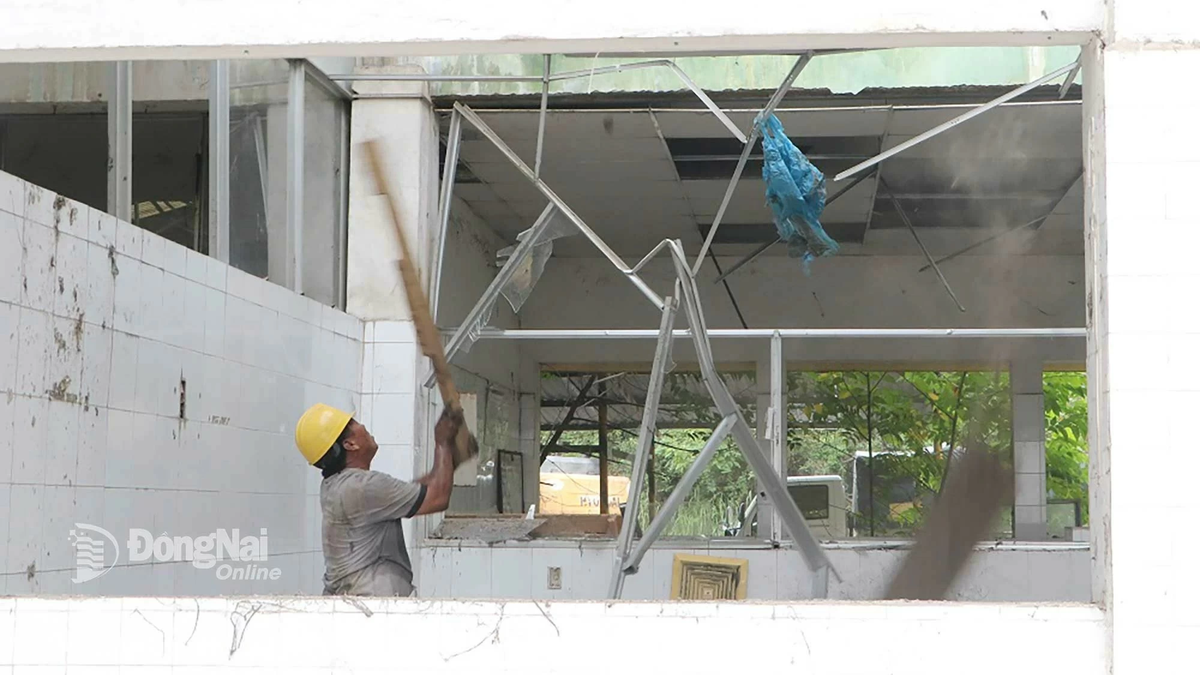
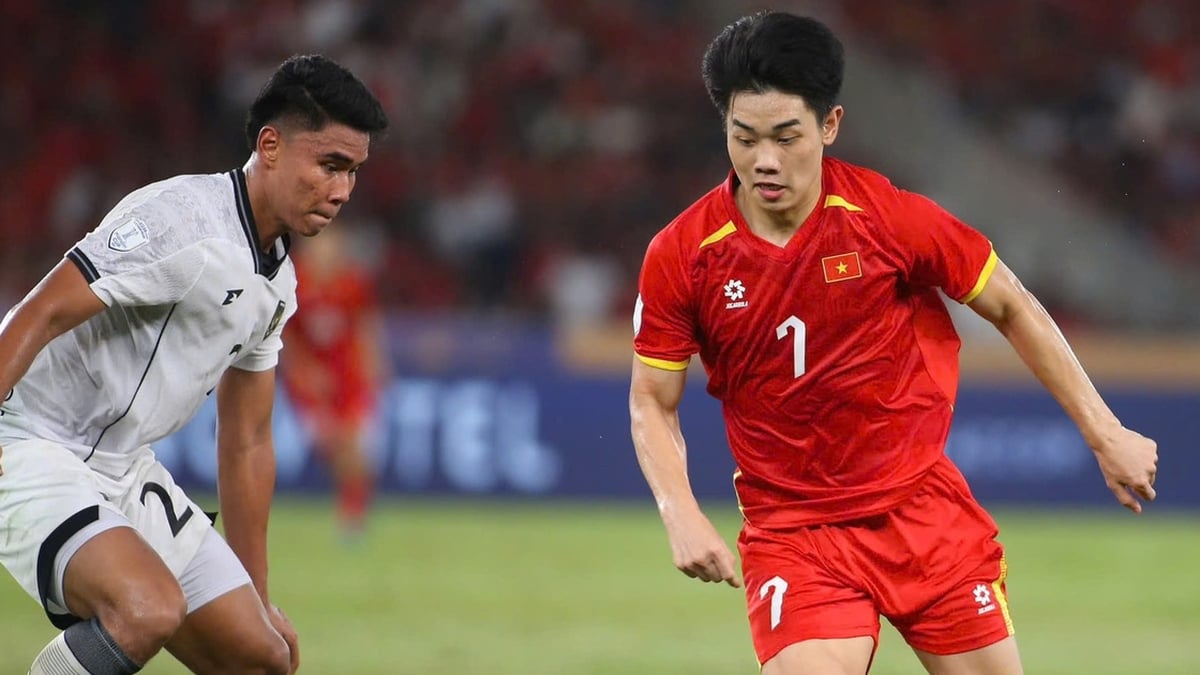

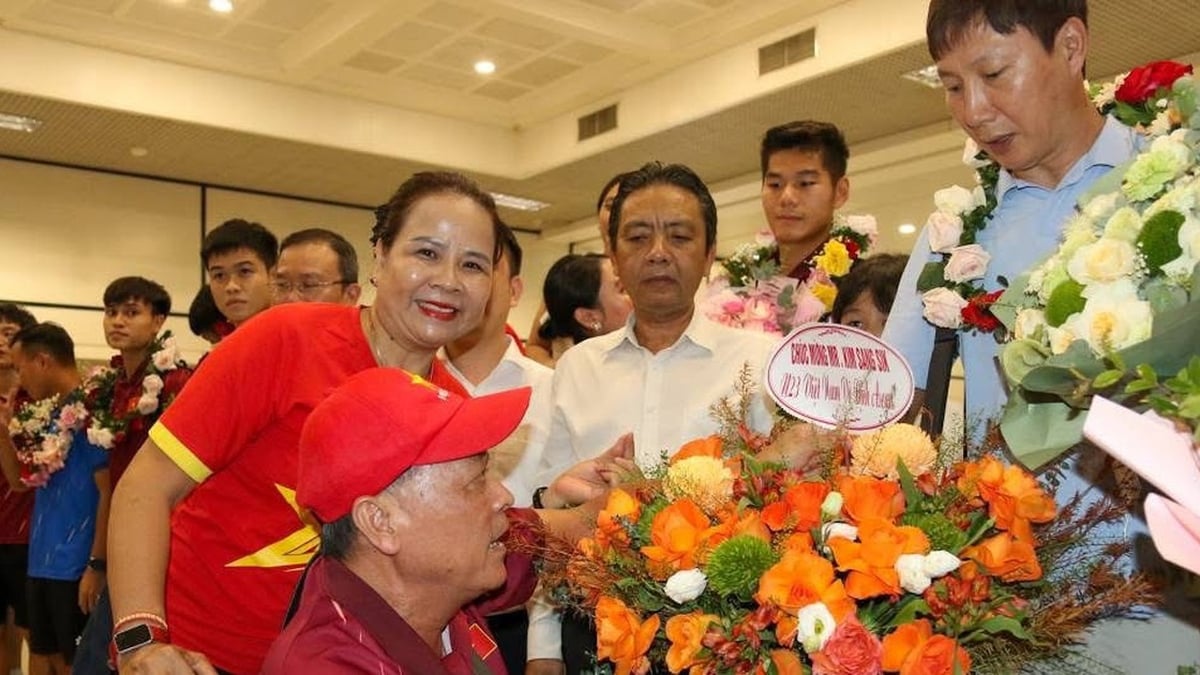
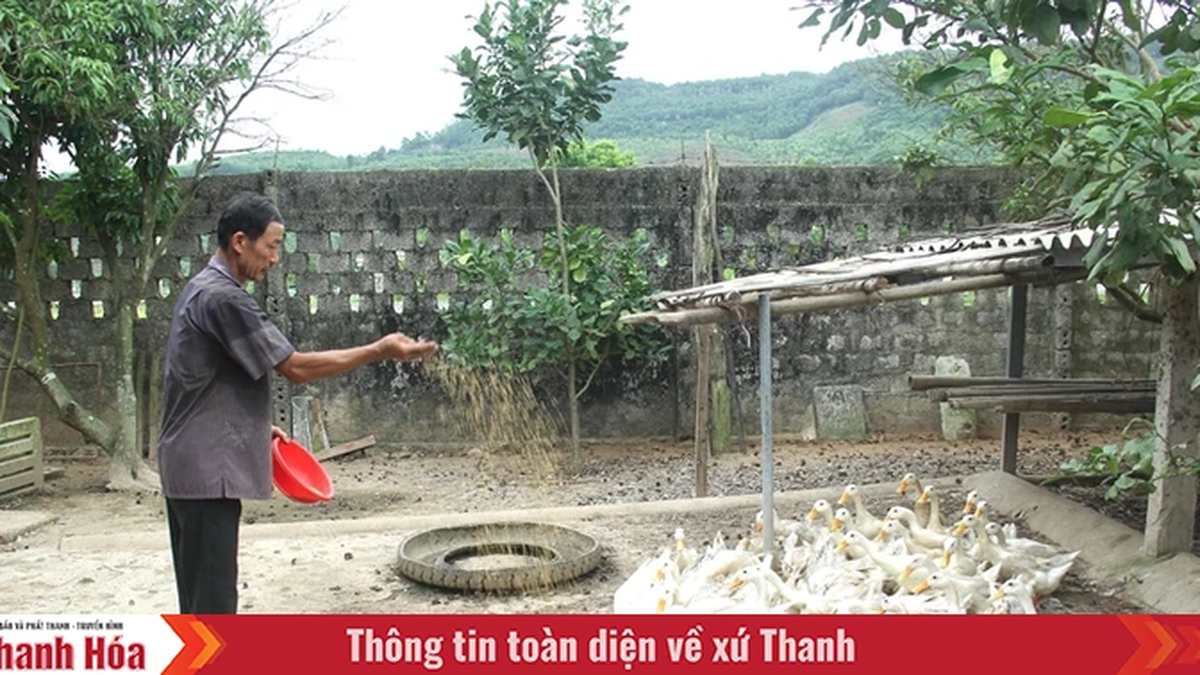
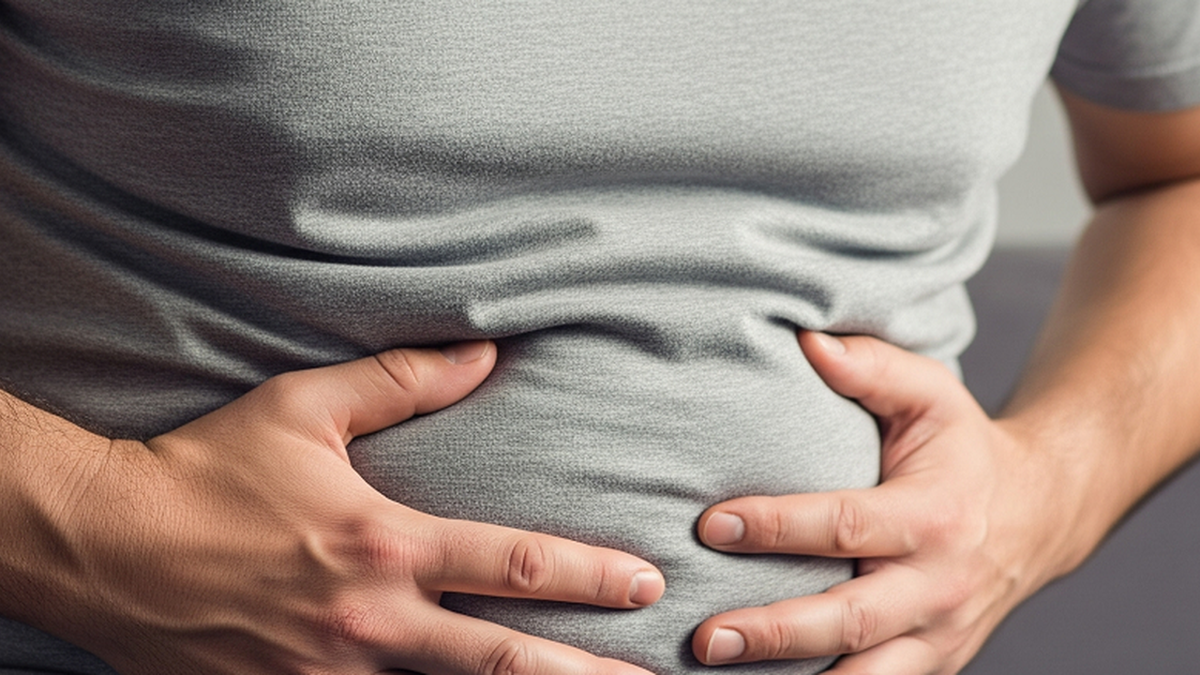
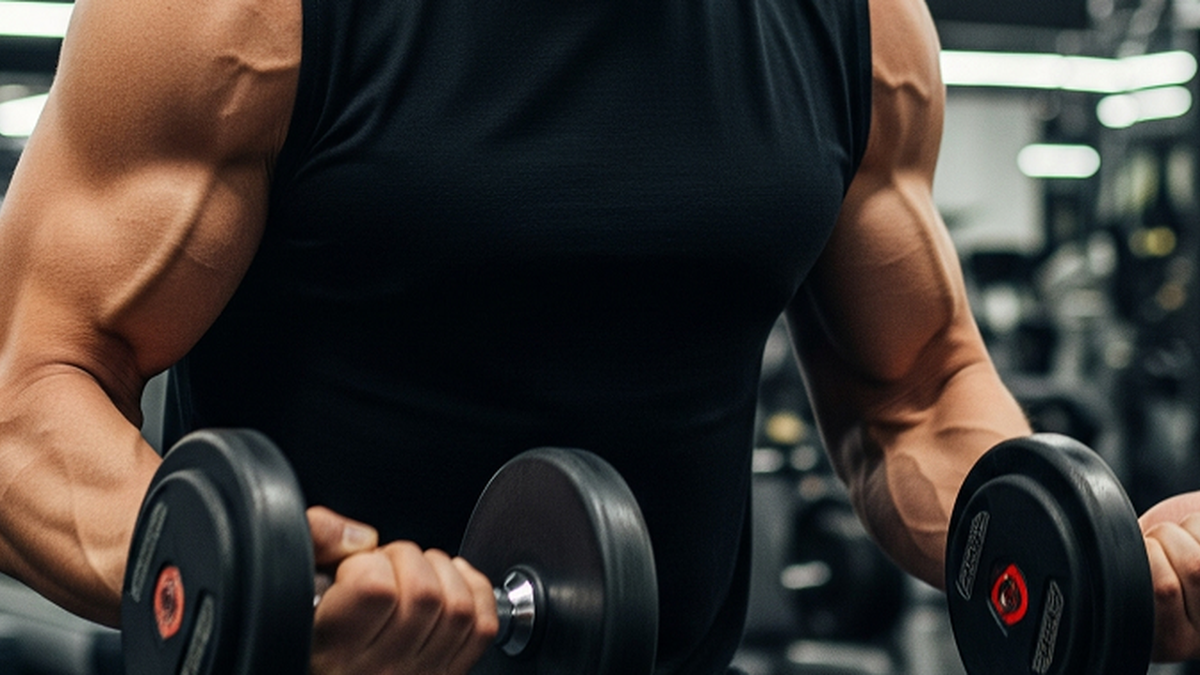
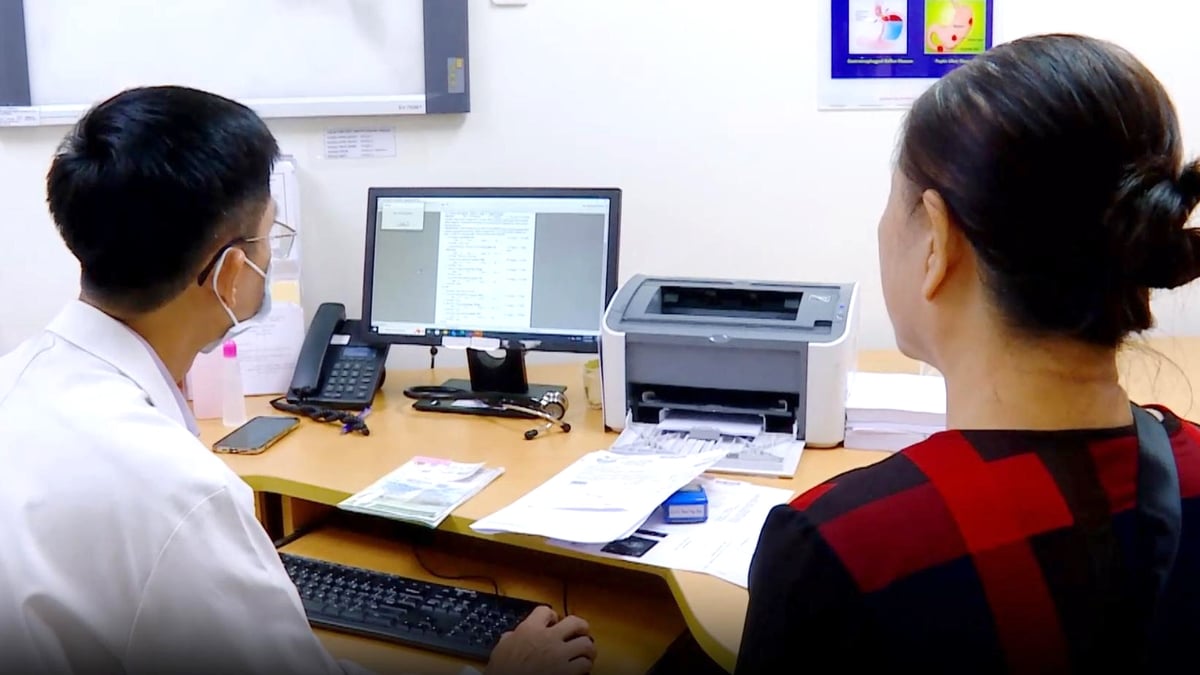

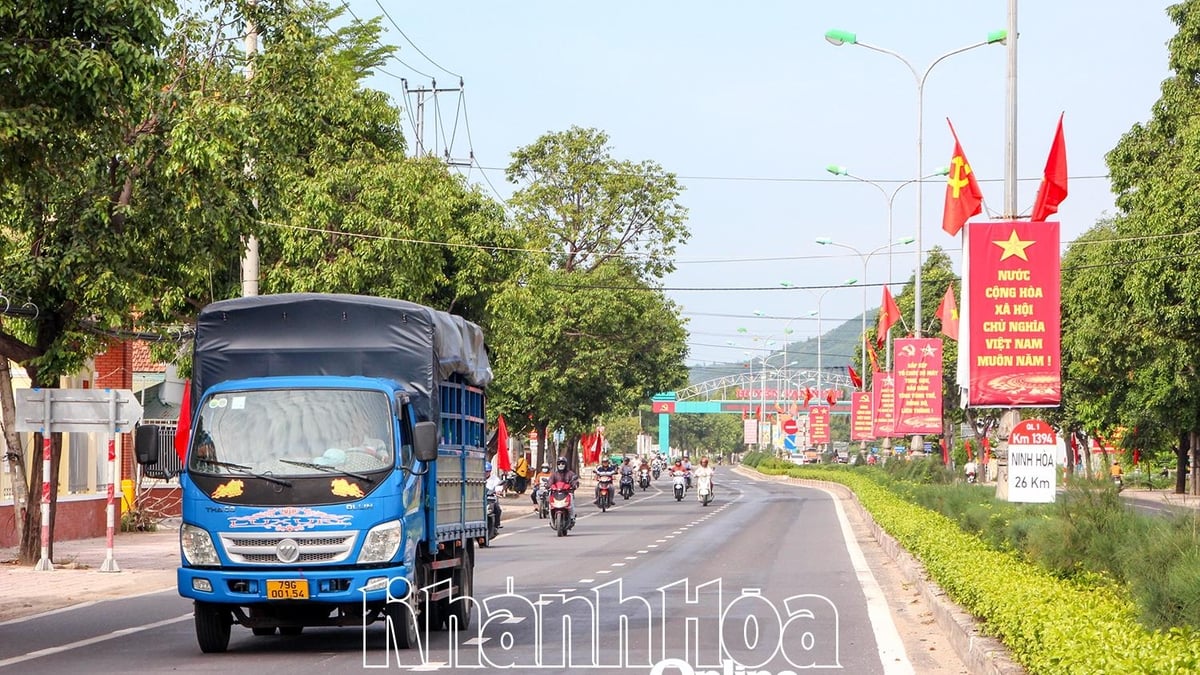











































![[Maritime News] Container shipping faces overcapacity that will last until 2028](https://vphoto.vietnam.vn/thumb/402x226/vietnam/resource/IMAGE/2025/7/30/6d35cbc6b0f643fd97f8aa2e9bc87aea)










































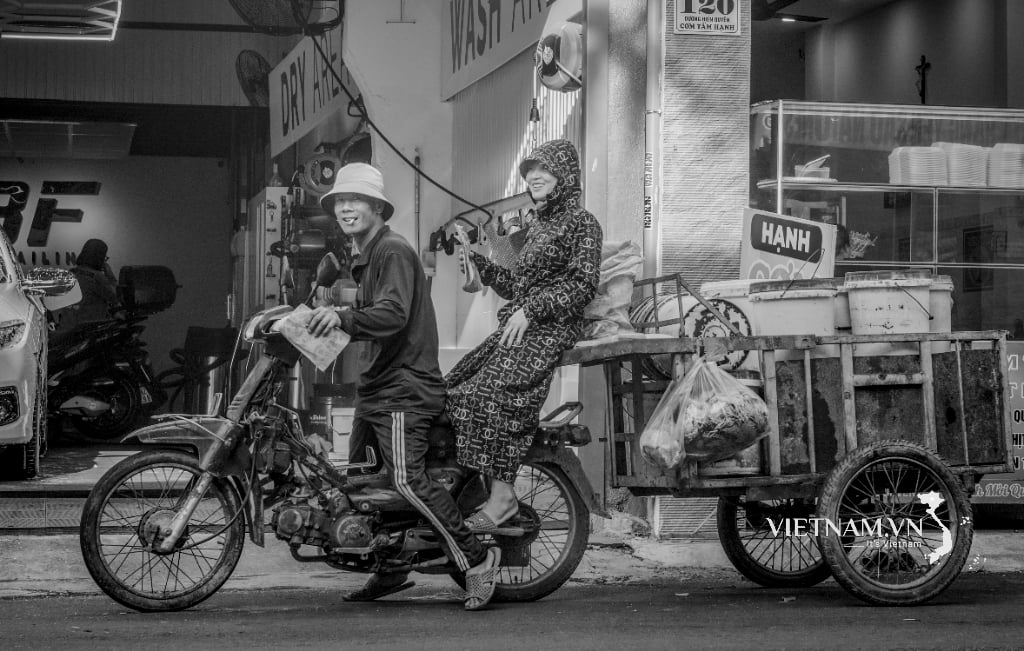

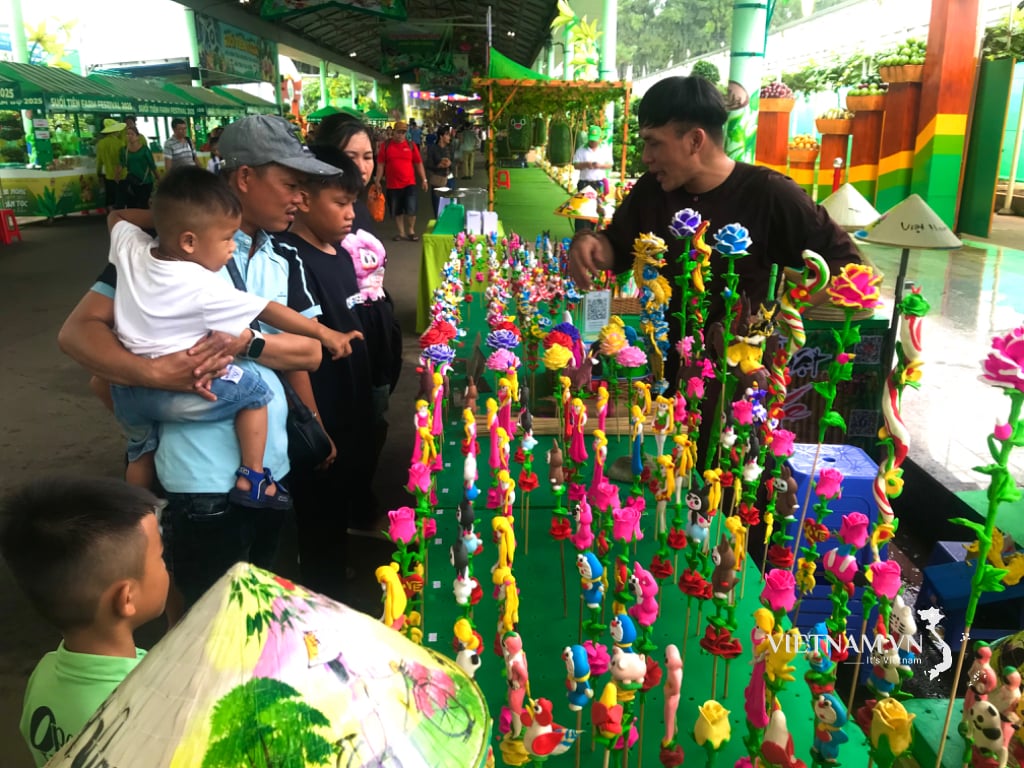
Comment (0)